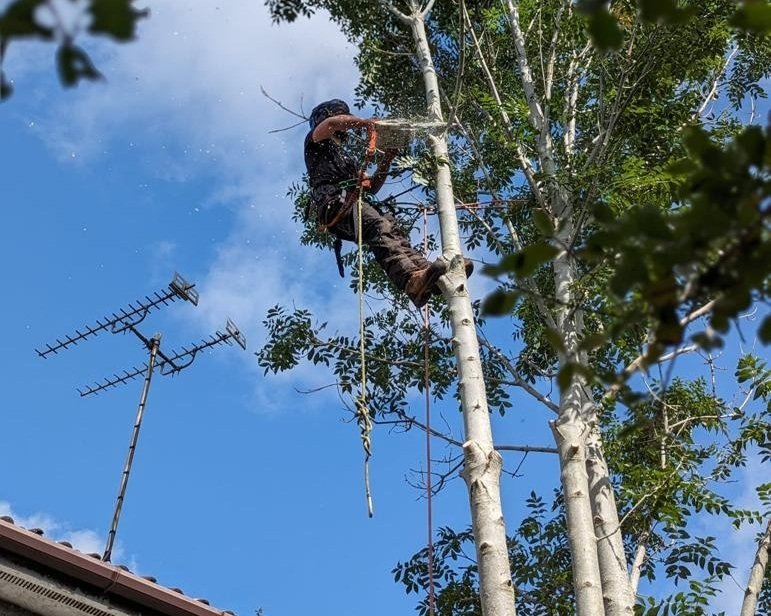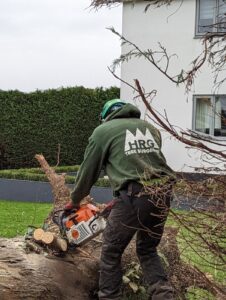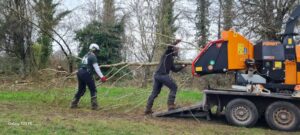Tree risk assessments are a crucial part of maintaining trees’ health, stability, and safety in urban and suburban environments. If you need to undertake a tree risk assessment but need clarification about the level of assessment you need or what the assessment will reveal, this article will help you.
Tree risk assessments are a matter of best practice and a legal requirement under UK regulations.
Here’s a detailed guide to what Tree Risk Assessments are, the different levels of assessments, and why they are so crucial for property owners, local authorities, and anyone responsible for tree care.
Level 1: Limited Visual Assessment
The first level of tree risk assessment is a Limited Visual Assessment. It’s a broad, sweeping evaluation that helps identify high and extreme-risk trees. Arborists might conduct these assessments from vehicles or by walking through specific areas, such as parks, streets, and sidewalks.
While this approach offers minimal details about each tree, it’s an effective way to pinpoint trees or zones that require more in-depth Level 2 or Level 3 assessments. The focus here is on coverage and quick identification.
Level 2: Basic Assessment
The Basic Assessment, or Level 2, involves a more thorough evaluation. A qualified arborist walks around the tree, inspecting all visible areas for defects, including the surrounding ground. Techniques such as “sounding” the tree with a rubber mallet and probing open cavities are employed to understand the tree’s condition.
If an arborist detects any indications of structural weakness or health issues, they may advise you to commission a Level 3 Advanced assessment. A detailed report of observations and defects typically follows a Level 2 assessment.
Level 3: Advanced Assessment
Level 3 Advanced Assessments go even further, encompassing a detailed examination of the tree’s roots, stem, or crown. These assessments may involve climbing inspections, compressed-air tool examinations, resistance drilling, or sonic tomography.
The qualified arborists at HRG Tree Surgeons can perform these assessments and recommend appropriate mitigation, maintenance, or removal measures. A comprehensive tree risk assessment report includes field observations, pictures, testing results, and recommendation options, offering a complete view of the tree’s condition.
Importance of Tree Risk Assessments
Tree risk assessments are vital in safeguarding both people and property. They help identify potential hazards and recommend solutions to reduce or eliminate risks. Moreover, they contribute to our green environment’s proper maintenance and long-term sustainability.
From a legislative perspective, these assessments also align with the regulations and guidelines the Health and Safety Executive (HSE) set. Click here for more information about legal compliance.
How HRG Tree Surgeons can help
At HRG Tree Surgeons, we ensure your trees are healthy, safe, and compliant with all regulatory requirements. Tree risk assessments are a fundamental aspect of responsible tree care, encompassing tree evaluation, management, and preservation.
Contact us today to schedule a tree risk assessment or to learn more about our range of professional tree care services.
Together, we can ensure the well-being of your trees, contributing to a greener, safer community.





